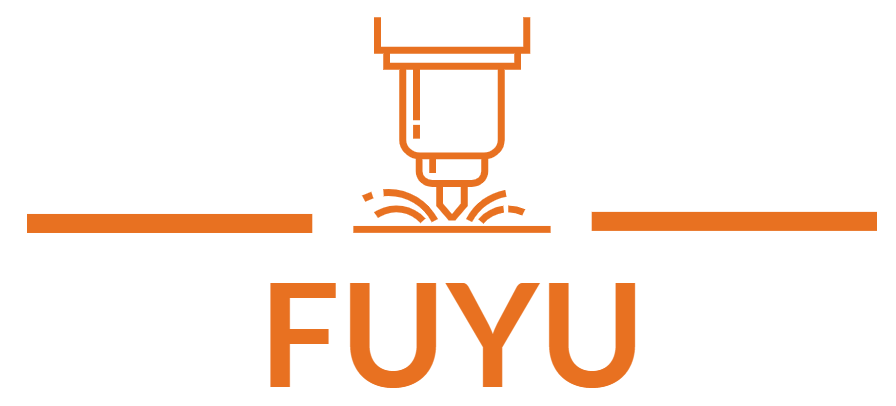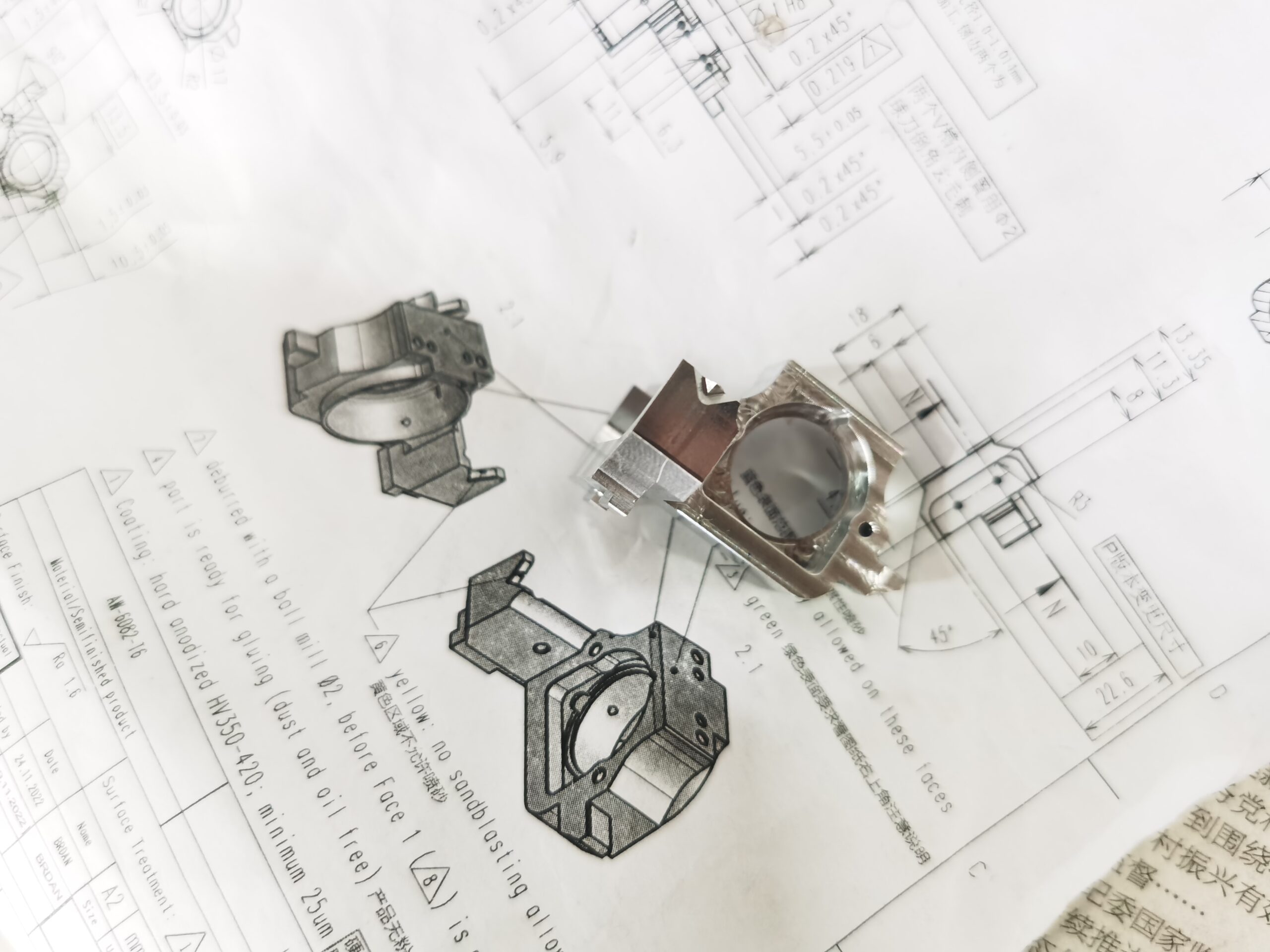Rapid Prototyping: Product Development and Design
Rapid prototyping occupies a pivotal position in product design and engineering. Traditionally, the prototyping phase has served as a critical but cumbersome stage in product development. Designers and engineers once relied on rudimentary proof-of-concept models constructed with basic tools. Transitioning from these initial creations to functional prototypes and production-ready components often entailed processes as elaborate as those used for the end product. Conventional manufacturing techniques, such as injection molding, demand expensive tooling and extensive setup, rendering low-volume bespoke prototypes distressingly costly.
In contrast, rapid prototyping propels concepts into tangible proofs within a remarkably short timespan. This process encompasses swiftly progressing ideas through various fidelity stages—from rudimentary mockups to advanced prototypes indistinguishable from the final product—and on to validation, setting the stage for eventual mass production.
Rapid prototyping enables designers and engineers to forge prototypes straight from digital blueprints in Computer-Aided Design (CAD) software. This system allows for expedited iteration and frequent refinement based on hands-on testing and feedback.
Advantages of Rapid Prototyping
Easily Visualize and Iterate Concepts
With rapid prototyping, initial ideas are transformed into low-risk concept mockups that mimic the appearance of final products in quick succession. It paves the way for designers to transcend virtual visualizations, offering a tactile experience that simplifies the comparison and evaluation of diverse concepts.
Communicate Ideas with Impact
Concrete prototypes are instrumental in communicating concepts to peers, clients, and stakeholders. They offer a communication channel that transcends on-screen projections, facilitating direct and effective user feedback. Such tangible feedback is vital for designers to capture user requirements and accordingly refine their designs.
Cost and Time Efficiency
3D printing eliminates the need for expensive tooling, using the same equipment regardless of design complexity. Bringing rapid prototyping in-house reduces the costs and latency conventionally associated with external production services.
Iterative Design and Instant Revisions
Design, being inherently iterative, benefits from rapid prototyping by providing the agility to realize multiple rounds of enhancements. Design teams can swiftly integrate changes, honing the design with each iteration—a dynamic deeply rooted in trial and error that significantly refines the product.
A sterling exemplar of this is the 24-hour design cycle: conceiving designs during business hours, 3-dimensional printing prototypical parts overnight, ensuing day’s calibration and trials, followed by design optimization, iteratively.
Meticulous Testing, Minimized Flaws
Detecting design flaws early in the product design trajectory forestalls expensive revisions later. Rapid prototyping facilitates exhaustive testing and analysis, mirroring the intended product’s look and functionality, thereby minimizing potential usability and manufacturing snags before production commences.
Rapid Prototyping Tools and Methods
1. 3D Printing: Synonymous with rapid prototyping, additive manufacturing, including 3D printing technologies such as Fused Deposition Modeling (FDM), Stereolithography (SLA), and Selective Laser Sintering (SLS), is the flagship method for modern prototyping.
2. CNC Machining: Computer Numerical Control (CNC) machines are a suite of subtractive manufacturing processes that shape materials via cutting, boring, drilling, and grinding from bulk solids. While more complex than additive methods, CNC machining is perfect for uncomplicated designs, especially for metal parts and high-strength structural components.
Comparing Prototyping Processes
| Process | Description | Strength | Finish | Example Materials |
|---|---|---|---|---|
| SLA Stereolithography | Laser-cured photopolymer | 2,500-10,000 (psi) 17.2-68.9 (mpa) | Additive layers of 0.002-0.006 in. (0.051-0.152mm) typical | Thermoplastic-like photopolymers |
| SLS Selective Laser Sintering | Laser-sintered powder | 5,300-11,300 (psi) 36.5-77.9 (mpa) | Additive layers of 0.004 in. (0.102mm) typical | Nylon, TPU |
| DMLS Direct Metal Laser Sintering | Laser-sintered metal powder | 37,700-190,000 (psi) | Additive layers of 0.0008-0.0012 in. (0.020-0.030mm) typical | Stainless steel, titanium, chrome, aluminum, Inconel |
| FDM Fused Deposition Modeling | Fused extrusions | 5,200-9,800 (psi) 35.9-67.6 (mpa) | Additive layers of 0.005-0.013 in. (0.127-0.330mm) typical | ABS, PC, PC/ABS, PPSU |
| MJF Multi Jet Fusion | Inkjet array selectively fusing across bed of nylon powder | 6,960 (psi) 48 (mpa) | Additive layers of 0.0035-0.008 in. (0.089-0.203mm) typical | Black Nylon 12 |
| PJET PolyJet | UV-cured jetted photopolymer | 7,200-8,750 (psi) 49.6-60.3 (mpa) | Additive layers of 0.0006-0.0012 in. (0.015-0.030mm) typical | Acrylic-based photopolymers, elastomeric photopolymers |
| CNC Computer Numerically Controlled Machining | Machined using CNC mills and lathes | 3,000-20,000 (psi) 20.7-137.9 (mpa) | Subtractive machined (smooth) | Most commodity and engineering-grade thermoplastics and metals |
| IM Injection Molding | Injection-molded using aluminum tooling | 3,100-20,000 (psi) 21.4-137.9 (mpa) | Molded smooth (or with selected texture) | Most commodity and engineering-grade thermoplastics, metal, and liquid silicone rubber |
Conclusion
Prototypes grant design teams essential insights that lead to informed decision-making. Garnering comprehensive data at the prototyping stage plays a strategic role in averting product or manufacturing issues. A well-executed prototyping strategy greatly enhances the likelihood of the product’s market success—timely launch, consumer acceptance, dependable performance, and financial gain.
Selecting the optimal path to prototyping depends on the current stage of the design process and the intent behind the prototype. During the initial stages, when ideas are burgeoning, conceptual models are invaluable. As designs mature, a prototype reflecting the final product’s attributes becomes imperative. Hence, the right prototyping technique is of paramount importance. To effectively validate your design, focus on these design elements: functionality, manufacturability, and viability.

FAQs – Rapid Prototyping
Q1: What is Rapid Prototyping?
A1: Rapid prototyping is a suite of techniques used to quickly fabricate a scale model or prototype of a physical part or assembly using three-dimensional computer-aided design (CAD) data.
Q2: Why is Rapid Prototyping Important in Product Development?
A2: It allows for the quick realization of a design, enabling testing, refinement, and validation processes to occur more efficiently, thus speeding up the overall development cycle.
Q3: Which Industries Benefit from Rapid Prototyping?
A3: Industries such as automotive, aerospace, medical, consumer goods, and electronics find rapid prototyping to be an integral part of their design and development process.
Q4: What are the Common Methods of Rapid Prototyping?
A4: Additive manufacturing (3D printing), CNC machining, and laser cutting are among the most common methods of rapid prototyping.
Q5: How Has Rapid Prototyping Changed in Recent Years?
A5: Advances in technology have significantly reduced costs and increased the speed and materials available for rapid prototyping, making it more accessible and versatile.
Learn more about our CNC Machining capability, visit https://fuyutechnology.com/cnc-machining/


